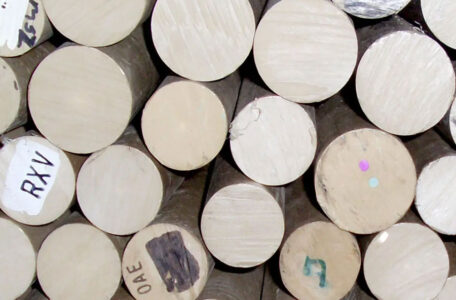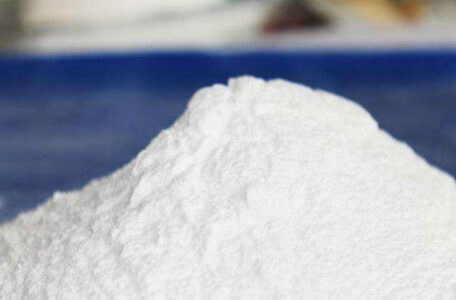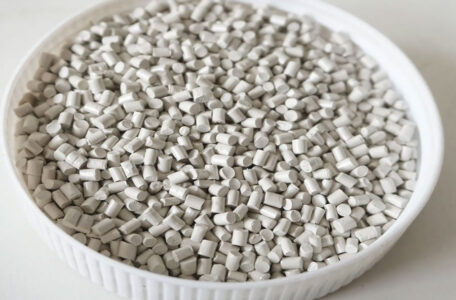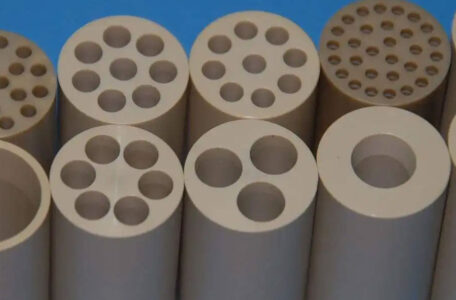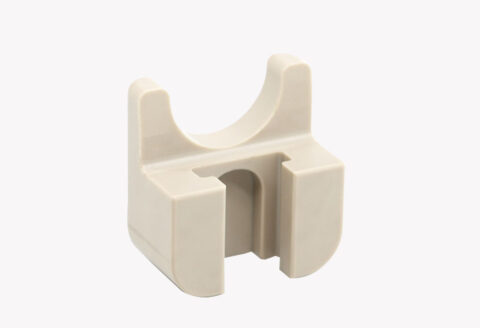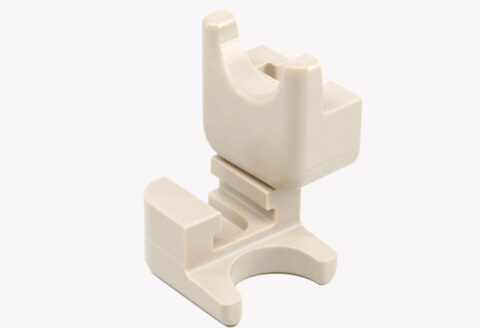The color consistency of injection molded parts is one of the important indicators in the injection molding production process. In order to produce high-quality, consistent-color PEEK injection molded parts, we need to pay attention to the following eight points: The above are some key considerations on how to produce high-quality, consistent-color PEEK injection molded parts. It is important to follow these steps to ensure a high-quality product that meets the requirements.
All posts in Frequently Asked Question
The mechanism of the protective layer, that is, at the temperature of the burning state, the flame retardant forms a non-combustible protective layer to cover the burning object, thereby isolating the air and achieving the flame retardant effect. Such as zinc borate, halogenated phosphorus flame retardants, etc. The mechanism of non-combustible gas is that the flame retardant can immediately decompose the non-combustible gas at normal temperature to dilute the combustible gas or dilute the oxygen concentration in the combustion area to prevent combustion, such as halogen-containing flame-retardant catalysts. Cooling mechanism, that is, the flame retardant can melt the solid surface layer of the polymer at a lower temperature to absorb Read more
Decabromodiphenyl ether (DBDPO) has a melting point of 304°C, non-toxic, white powder, containing more than 80% bromine. It is an additive flame retardant. Commonly used in PP, PE, PS, PBT, PET, ABS and other plastics, but the weather resistance is poor. Octabrominated diphenyl ether (BDDP), the melting point is 100 ℃, it is a flame retardant of aromatic bromide, commonly used in PP, PE, PS, ABS. Hexabromobenzene (HBB), white powder, melting point of 320 ℃, is an additive flame retardant, and is mostly used in combination with antimony trioxide. Commonly used in PE, PP, PS, ABS, PA, PBT, PET. Tetrabromobisphenol A (TBA) white powder with a melting point of 179°C, Read more
Greater Compatibility Compatibility is the fourth factor that determines the quality of black masterbatch. If the masterbatch is produced from chips or recycled material, it may contain contaminants or other non-meltable polymers. This can cause unforeseen, unmanageable troubles, wasting the end consumer’s time and materials. At this time, primer resin can be used to produce high-quality color masterbatch, and the masterbatch has good compatibility during the melting process. High quality masterbatches can be produced using LLDPE, LDPE, HDPE, PP, PS, SAN, PA and other materials. Special polymeric masterbatches are available if engineering grades and stringent physical properties are specified. Several international large-scale color masterbatch manufacturers are conducting research to produce Read more
Plastic raw materials are divided into two types: thermosetting plastics and thermoplastics. Our existing injection molding materials usually refer to thermoplastics. Thermoplastics can be divided into two types: crystalline and amorphous according to the structural characteristics of their internal molecules. Crystalline polymers The internal molecules are arranged in an orderly and regular manner, with obvious melting points such as PE, PP, POM, PBT, PET, PA; the internal molecules of amorphous polymers are arranged in disorder, and there are no obvious melting points such as PS, ABS, PVC, PMMA, PSU, PPO. The following is a brief introduction to the material characteristics of several commonly used plastic raw materials PP, POM, PC, Read more
Clarify The Color Matching Goals Have a clear and comprehensive understanding of the samples to be prepared. Because, the sample obtained will not be the only one. Generally, it may be plastic parts, panton numbers, photos, leather, metal parts, etc., and everything with color may be something you need to know. According to the plastic raw material, distinguish the soft and hard glue toner. This narrows the range of toners. Are there any special requirements for weather resistance, chemical resistance, with or without fillers or other additives, and environmental protection? Choose toner or masterbatch according to the molding process (eg: medium temperature toner or high temperature resistance) Analyzing Hue The Read more

